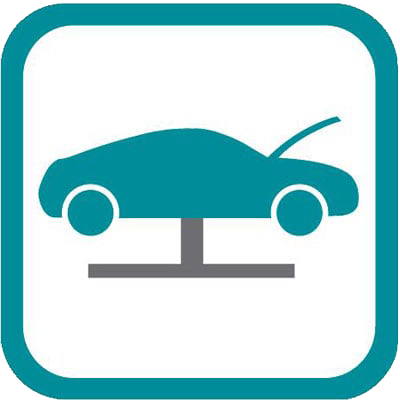Catalytic Converters
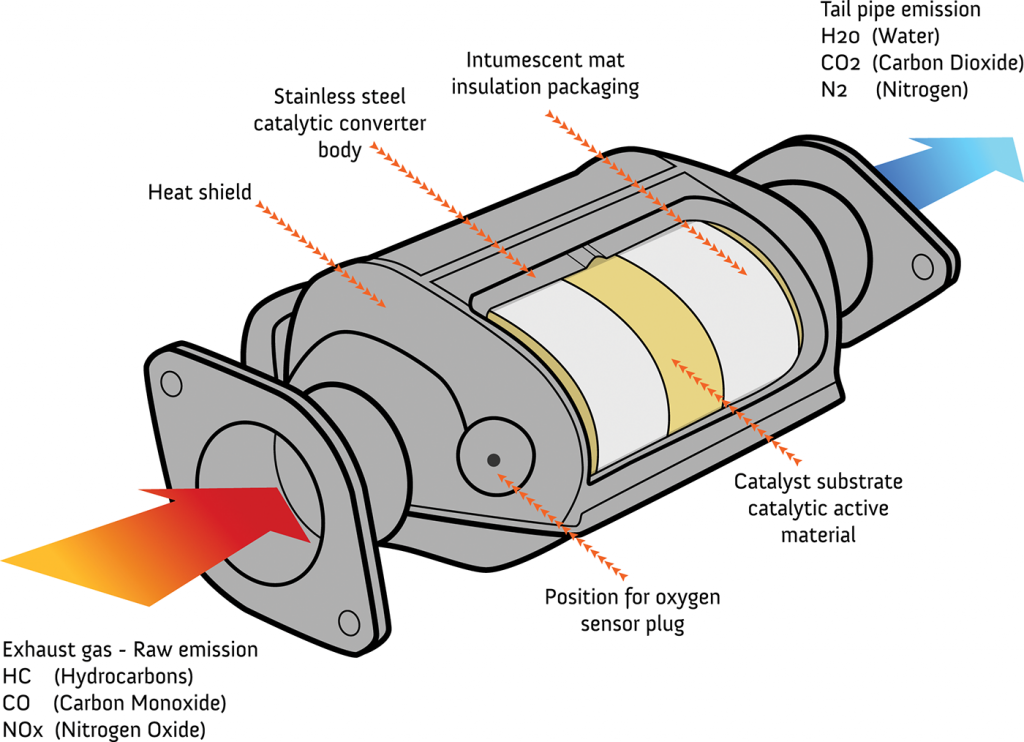
For nearly fifty years, the catalytic converter has been an essential component of an automobile’s emission and exhaust system. These devices have also been in the news in recent years, as they are frequently stolen from the underneath of cars. What is a Catalytic Converter? First appearing onto the automotive scene around 1975, a catalytic converter is an […]
“Enjoy Illinois” 300 Nascar Races
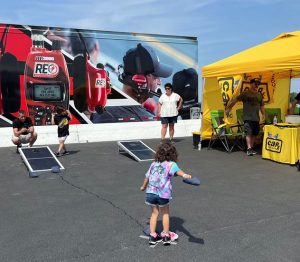
The BREX Car-X Group sponsored the “Enjoy Illinois 300” Nascar Races at the Worldwide Technology Raceway in Madison County on June 3rd & 4th. It was a very hot 90+ degrees both Saturday and Sunday with just under 100,000 fans over the two days of racing. In spite of the heat, it was a great […]
Should your College Student Take their Car to School?
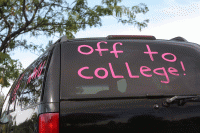
Back to school can be a time of big decisions for parents and students. One of the most difficult is whether or not to take a car away to college. Consider the following when making this decision: • Responsible use – Has your child done his or her part in taking care of their vehicle […]
Everything you Need to Know About Vehicle Recalls

Vehicle recalls occur more frequently than most of us are aware of. This results when a manufacturer determines that a car model has a safety related defect that does not comply with the government’s safety standard. The manufacturer is then required to alert owners of this problem and may offer to repair the issue at […]
Let us know how we’re doing

Hearing about the experiences of our customers is something we value. Reviews and feedback are important to us because they help us tailor the way…
The Kindness of Strangers

We are proud to share the following letter from customer, Atlas Laster, about an experience he had at the Kirkwood, Missouri Car-X location.
Car-X is Pleased to Announce the Opening of a New Car-X Store in Ankeny, Iowa
CAR-X ANKENY, IOWA – NEW STORE OPENING SCHAUMBURG, IL – Roger W. Hill, President and CEO of Car-X, announced the opening of a new store in Ankeny, Iowa. Mark Goldner, the Des Moines franchisee opened his seventh Car-X Tire and Auto location in Ankeny on September 22, 2014. The new Ankeny store located at 2105 […]
10 Tips for Traveling with Children
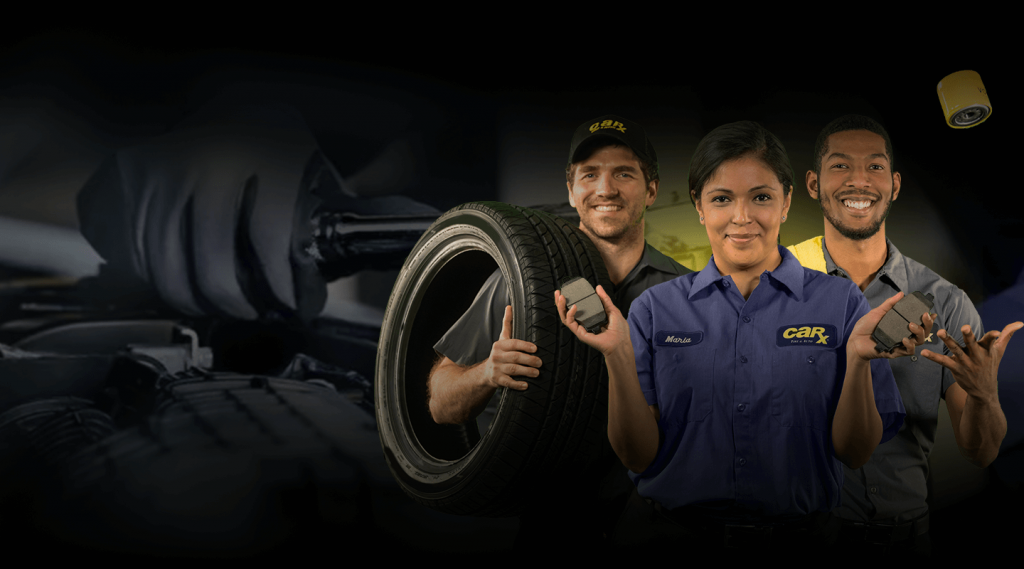
Traveling with children means balancing safety with sanity. You might want to crawl into the backseat to prove how serious you are about that “drop you on the side of the road if you do that one more time” threat. But then, you’re driving, so… maybe that’s not such a great idea. Here […]


